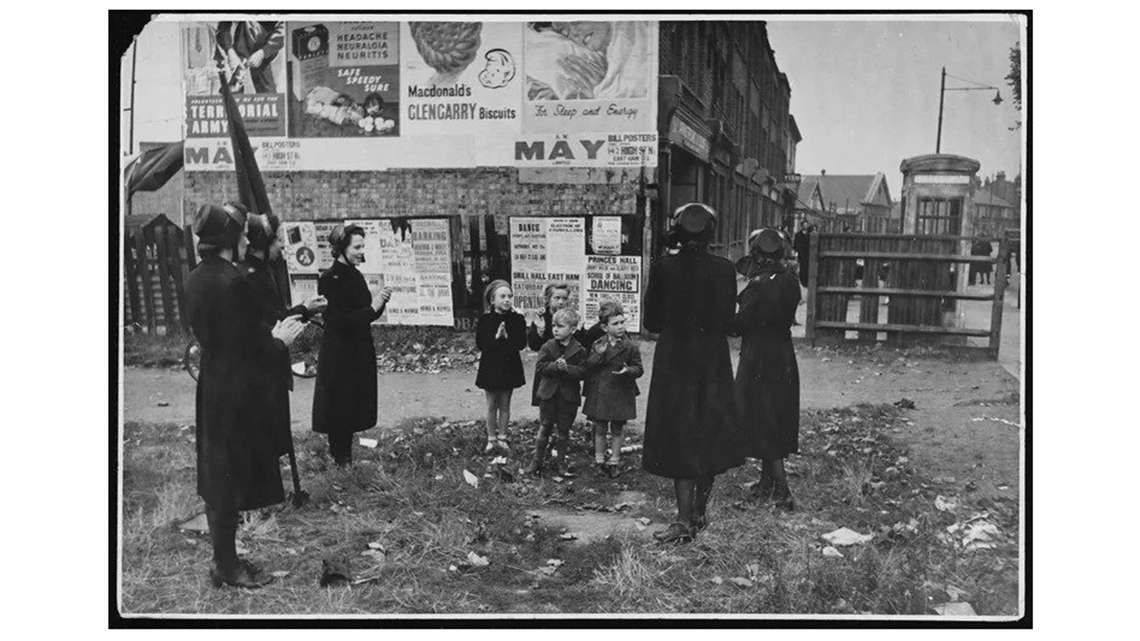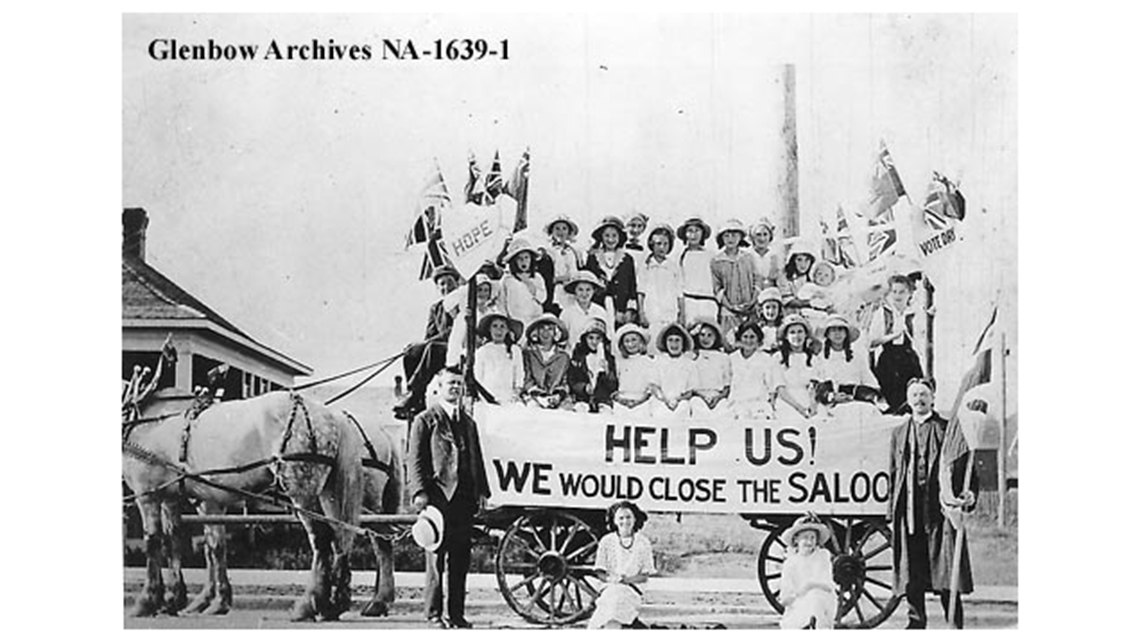Minds On
Task 1: Defining social progress

The word “social” means relating to society or its organization.
The word “progress” means moving forward or onwards in space or time.
What do you think social progress means? Record your ideas using a method of your choice.
Task 2: Child rights
As a child, you are entitled to a variety of rights. Some of these rights are specific to children, and others are aimed at improving the quality of life for all citizens. In a method of your choice, record a list of basic rights that you have as a child.
Now, review the list that you created. What happens if any of these rights are infringed upon? How can you get help? Consider the types of programs that might be offered to help you address issues, should they arise, and add them to your list.
Action
Social progress in action

Social progress is an intentional improvement of the quality of life for the population in a specific area. It is established on the building blocks that allow citizens and communities to enhance and sustain the quality of their lives and create conditions for all individuals to be successful and reach their full potential.
Task 1: Making change
The rise of unions
Press ‘Background’ to access details about the working class in Canada.
The construction of canals and railways, along with the growth of cities and manufacturing, created a new kind of workforce. With this workforce, there came exploitation.
Press ‘Definition’ to reveal what the word “exploitation” means.
Exploitation and unsafe working conditions (particularly in factories) were encountered by many. For most of the 19th century, unions were small and illegal local organizations. In the 1850s, local unions were being established more in Canada and particularly represented skilled workers, such as tradesmen, bakers, coopers (people who make casks and barrels), tailors, etc. In 1872, workers in Ontario and Montreal rallied for the “Nine Hour Movement,” which aimed to reduce the workday from 12 hours to 9 hours. During this time, most strikes concerned wages, working conditions, unpopular supervisors, and new rules.
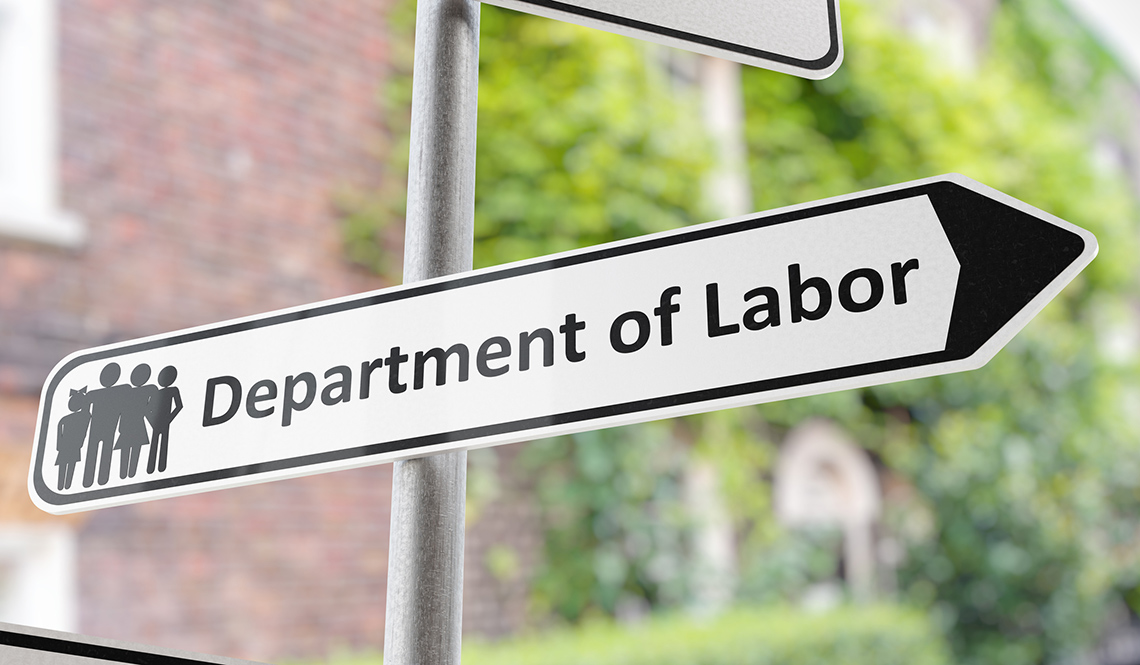
In 1900, the Department of Labour was created so that the federal government could become involved in labour disputes. In 1907, the Industrial Disputes Investigation Act required that important groups of workers (i.e., miners) must go through a period of conciliation (a mediation between two disputing people or groups) before they could engage in strikes. Unions opposed this. One of the most important forms of activism was the rise of Revolutionary Industrial Unionism, an international movement that favoured the unification of all workers, which would put workers in control of their own political and economic life. In 1905, the Industrial Workers of the World was founded and rapidly gained support among workers in Canada, such as fishermen, loggers, and railway workers.
Source: Rouillard et al., 2006
Reflect
Based on what you’ve explored so far, why were unions established and what did they advocate for?
Press ‘Answer’ to access a response for the previous question.
Unions were established to fight for the rights of the working class, mainly skilled workers. They advocated for things like wages, working conditions, hours, unpopular supervisors, and new roles.
Choose one of the following moments in union history to explore further and then answer the following questions:
Moments in union history:
- Labour Day and/or Nine-Hour Movement
- Great Coal Strike
- Royal Commission on the Relations of Labour and Capital
- The Workmen’s Compensation Act
- Canadian Labour Party
- Western Labour Conference and/or One Big Union
- Winnipeg General Strike
Questions:
- What was the purpose of this moment? (Hint: What were they fighting for?)
- Who was involved?
- What was the outcome? Is it still significant today?
Follow up
Using information that you have learned so far, respond to the following questions using a method of your choice.
- Do you believe unions still hold an important role in Canadian society? Why or why not?
The Social Gospel & Temperance Movements
As social injustices grew in certain areas of Canada, so did resistance. Social injustices did not go unnoticed. Along with unions, other groups began to demand change. Explore the following information about the Social Gospel and Temperance Movements, two other groups that demanded social change during this time period.
Press each title to explore the different movements.
The Temperance Movement was an international campaign of the 19th century. The movement was based on the belief that drinking was responsible for many of the problems in society. The Temperance Movement led to legal prohibition, which is the prevention of the sale and consumption of alcohol, in many parts of Canada. In the 1920s, most of these laws were removed in favour of allowing the government control of alcohol sales.
Source: Decarie, 2013
Reflect
Connect your learning about the Social Gospel and Temperance Movements to modern society. How have these movements impacted modern-day Canada? Why are they so important?
Press ‘Answer’ to access responses that you might have thought of.
Task 2: Children’s Aid Society
Due to industrialization, there were more homeless and destitute children, and higher child crime rates. In major cities across Canada, children could find employment anywhere and were often encouraged to by parents in order to help support the family. For example, there were textile mills in Montreal, businesses in Hamilton, mines in Cape Breton and British Columbia, and manufacturing enterprises in the Maritimes. Many jobs for children were considered a “dead end.” They were poorly paid, unsafe, menial positions without any opportunities for advancement.
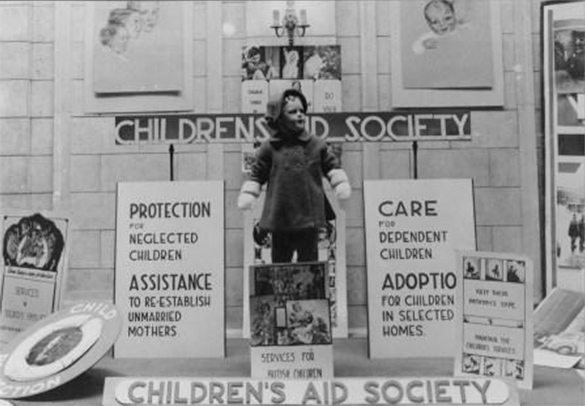
Social reformers became increasingly concerned about the undesirable circumstances children were facing, and movements were formed to rescue the children from this unsafe state. In 1891, all children ages 8 to 14 were required to go to school, and in 1921, this age was increased to 16. In 1891, the first Children’s Aid Society was established in Toronto and a few years later, in 1893, the Child Protection Act was passed. This Act protected children from cruelty and abuse. Changes in child welfare were also affected by changing attitudes towards the participation of children in the labour market. By the beginning of the 20th century, most provinces began to enact labour laws to prohibit the employment of children. Rather, all children were required to go to school and penalties were imposed on families who did not comply.
Today, there are services and platforms that still exist that focus on the family and specific issues, such as unemployment, poverty, neglect and abuse, and poor housing.
Research your own community
What services are available that target child welfare, unemployment, poverty, or poor housing in your community?
Choose one of the mentioned topics. Search this topic, including the town or community you live in. You may want to begin your search with “services for ….” If you live in a smaller community, consider searching the services available in the nearest city or larger town.
Press ‘Suggestion’ to access examples of services that you may wish to explore.
Record the information that you have collected by completing the Community Research activity in your notebook, in the following fillable and printable documents, or in a method of your choice.
|
What is the name of the program/ service? |
|
|
Who benefits from the program? (i.e., children, adults, teenagers, etc.) |
|
|
What is the goal of the program? |
|
|
How can you access it? |
Press the ‘Activity’ button to access the Community Research activity.
Task 3: What about today?
While a lot of social progress has been made over the years, there are still issues that face Canadian workers, children, and communities in Canada. Choose one of the following issues (or more!) to explore and ask yourself – are we doing enough? Is there still room for improvement?
Press the title of each of the following issues to view the status of this issue and how it is being addressed.
The most recent statistics tell us that in 2019, 925 workplace deaths were reported in Canada. Among these deaths, 29 were young workers aged 15-24. Another 271,806 filed claims (an increase from 264,438 the previous year) for lost time due to a work-related injury or disease. It is important to note that these statistics are only for those that were reported, and don’t include workplace injuries that may not have been reported. Today, workers are covered by provincial or federal labour codes depending on the sector in which they work. Workers covered by federal legislation (including those in mining, transportation, and federal employment) are covered by the Canada Labour Code; all other workers are covered by the health and safety legislation of the province they work in.
Explore the following graph, "2019 Lost Time Claims in Canada."
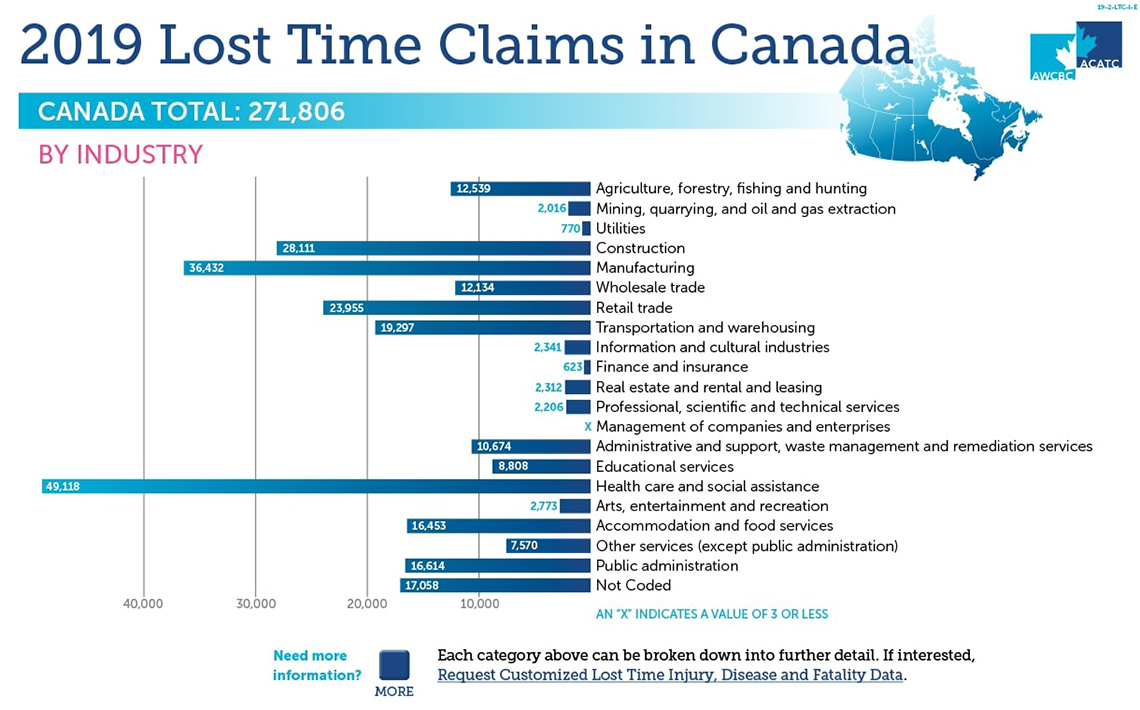 Description
Description
Child labour still exists both at home and abroad. It is estimated that there are still 160 million victims of child labour, worldwide. Rising poverty will push an estimated 9 million additional children into child labour by the end of 2022. The work that these children do is often harmful to their health, interferes with education, and/or inhibits their physical and mental health. While strict laws prevent children under the age of 12 from working in Canada, the laws do not stop Canada from importing goods that are at high risk of being produced by a child or through forced labour. Canada continues to be a leader in promoting the respect and dignity of all people, regardless of where they live, and is committed to ending all forms of child labour.
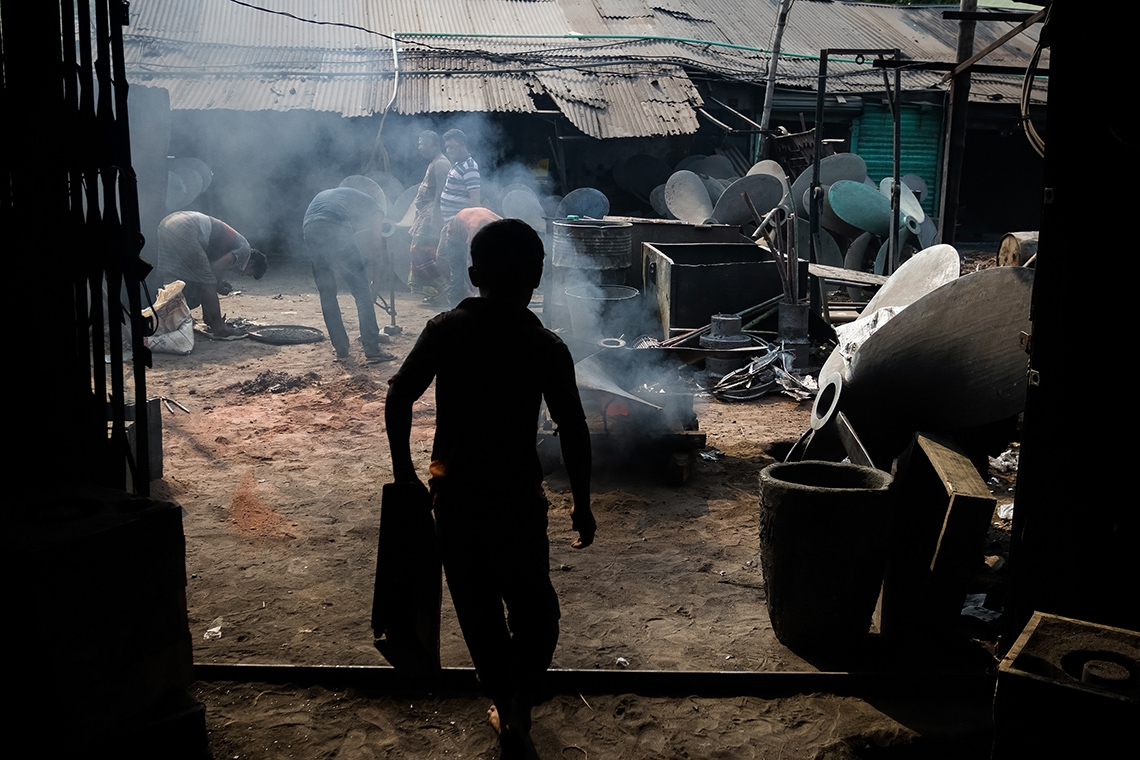
Source: Dubay, 2020
Consolidation
Task 1: Social progress

Based on what you have learned today, complete the following Social Progress graphic organizer. For each section of the graphic organizer, record what social progress was made between 1890 and 1914, what social progress is being made today, and what is still left to be done in the future.
Press ‘Hint’ to access ideas that might initiate some thoughts.
|
Social Progress in 1890-1914 |
Social Progress Today |
Social Progress in the Future |
|---|---|---|
Complete the Social Progress activity in your notebook or using the following fillable and printable document.
Press the ‘Activity’ button to access the Social Progress activity.
Task 2: Poster
Your second task is to create a poster or oral presentation for one of the following topics:
- Pretend it is in the 1890s or early 1900s and you are creating a poster or presentation that advocates for social progress and reforms. For example, you may wish to address unsafe working conditions, the push for unions, child labour, etc.
- Consider what you learned about modern-day issues that still exist. Create a poster or presentation that advocates for change in one of the following areas: safe working conditions for all, child labour worldwide, or equality for Indigenous children and communities.
Make sure your poster or presentation has the following:
Reflection
As you read the following descriptions, select the one that best describes your current understanding of the learning in this activity. Press the corresponding button once you have made your choice.
I feel...
Now, expand on your ideas by recording your thoughts using a voice recorder, speech-to-text, or writing tool.
When you review your notes on this learning activity later, reflect on whether you would select a different description based on your further review of the material in this learning activity.
